What is the Ten Brands of Wuyi Rock Tea Dahongpao? description of the taste and aroma of Dahongpao
As one of the most famous tea in China, Dahongpao is surrounded by myths and legends. Although magical stories have helped to build the reputation of this tea as a rare and valuable commodity, they rarely say anything about the taste and quality of any kind of tea. So what makes Dahongpao so special? What does it mean when a product is labeled "Dahongpao"?
The definition of Dahongpao
Specifically, Dahongpao is a variety of tea trees, just as Cabernet Sauvignon is a variety of wine grapes. It is worth noting that this is considered a wild variety, naturally adapted to the rocky cliffs of Wuyi Mountain in northern Fujian, rather than a cultivated variety created by tea farmers.
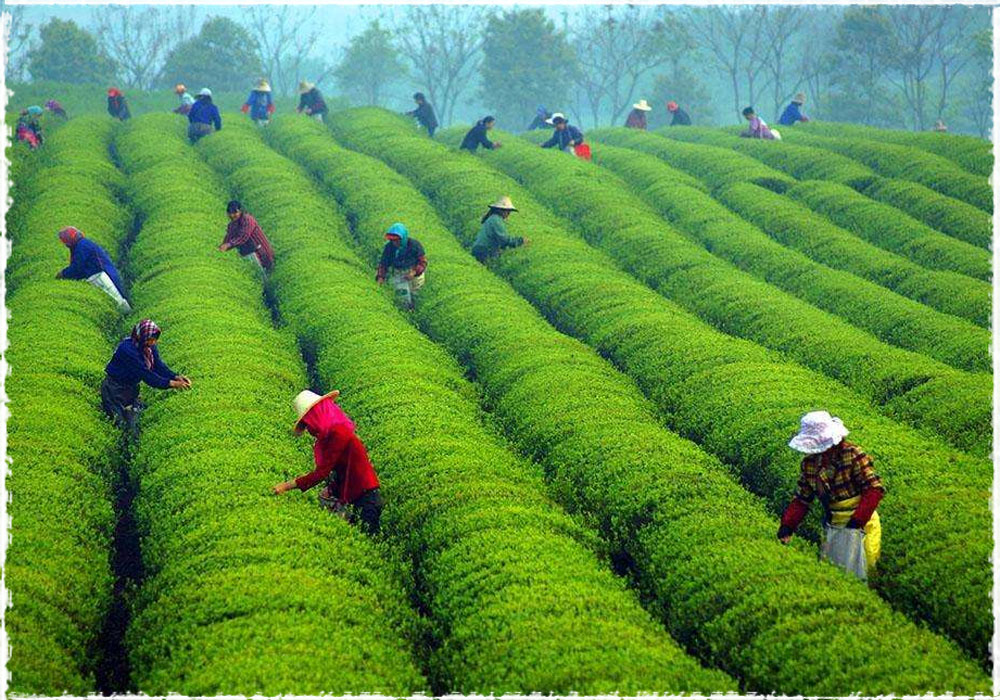
The special soil in this area is another key to this unique style. Rock, iron-rich soil provides unique minerals during plant growth. Like other oolong teas grown in the same area, this kind of tea is called rock tea, or "cliff tea", and is characterized by its mineral-rich taste.
Over the centuries, the handmade methods in this area have been continuously improved to supplement the natural flavor created by local varieties and customs. Most Wuyi oolong teas are heavily baked on charcoal fire to produce dark color and caramel the glucose in the tea to produce natural sweetness. Lower-grade products are baked in modern convection ovens, making it easier to mass-produce.
The Origin of Dahongpao
Camellia varieties from all over China have been discovered and cultivated for thousands of years, but only a few are as notorious as Dahongpao. There are many origin stories of legends, including many variants, but here are two of the most popular:
A scholar who went to take the civil service exam stopped and picked some leaves from a wild tea tree to make tea. He was the only one who passed the rigorous test that year, and after being awarded his famous red robe, he went back to the tea tree and put the robe over the tea tree to show his gratitude.
The emperor's mother was ill, but when he received the tea as a gift, it cured her. To show his gratitude, he gave a gorgeous red robe to the tea farmer and asked him to put it on the tea tree.
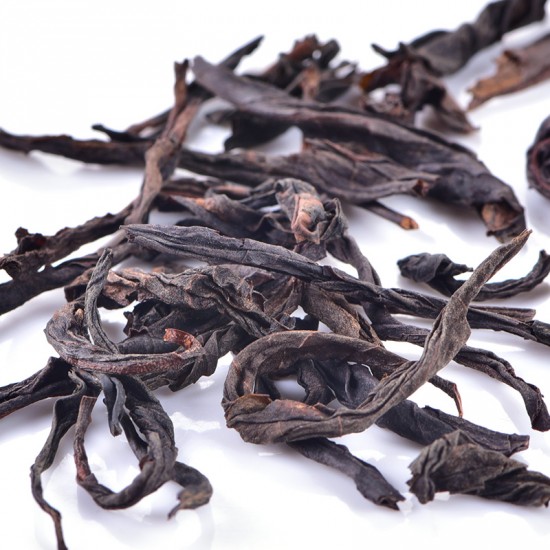
Whether these stories are true or not, several ancient tea trees on the cliffs of Wuyi Nature Reserve now attract hordes of tourists. The inscription on the cliff reads "Dahongpao", touting these trees as the origin of this famous Chinese tea.
The rock walls in Wuyi area add natural mineral flavor to the oolong tea produced here.
Over the years, the extremely limited amount of tea picked from these trees has been left to China's best tea drinkers, even when President Nixon visited China in 1972. Today, harvesting from these trees has been completely banned, and the "real" Dahongpao comes only from future generations, from cuttings from a long time ago.
Wuyi's three varieties are generally considered to be close relatives of the "primitive" red robe tree: Beidou ("Polaris"), sparrow house ("sparrow's tongue") and Qidan. Some people think that Qidan includes some mother trees. All three kinds of tea trees claim to be direct descendants of the mother tree and are cut in the Wuyishan tea garden to protect the soil of the original tea.
Modern Dahongpao
In the end, although the pedigree of the tea is legendary, the actual quality measurement usually depends more on the soil and craftsmanship than on the name on the tea pot. In fact, many of the more common varieties grown in the same area are labeled Dahongpao to enhance their reputation. Some companies have created proprietary mixtures of various local varieties to create an almost famous flavor.
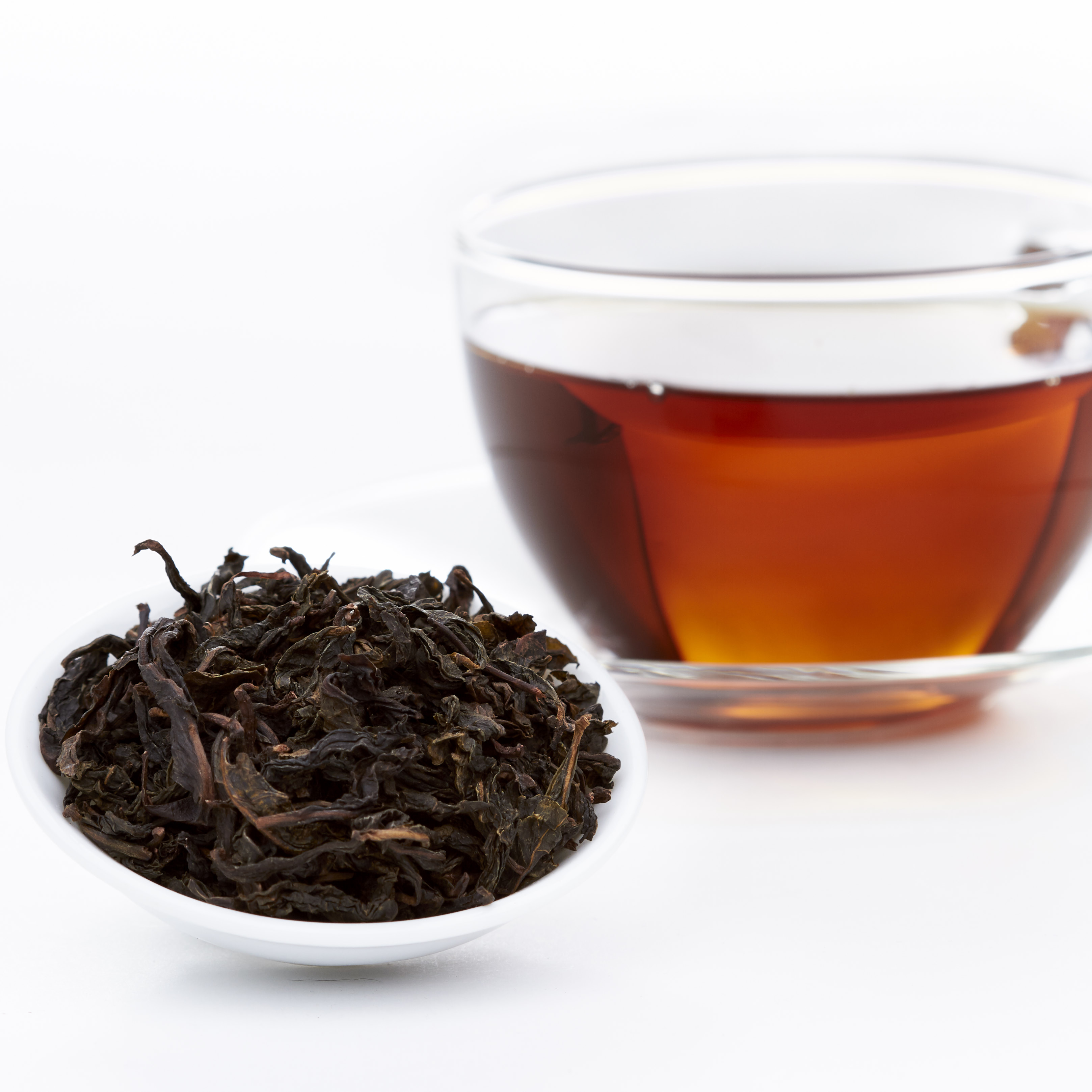
Generally speaking, when tasting Dahongpao or related tea, we are looking for a rich, complex aroma and lasting aftertaste. We avoid leaves that are charred or overbaked, as this can make the tea bite sharp and bitter, which usually indicates that the baker is trying to cover up the fact that the tea itself lacks aroma. After proper baking, the strong aroma of tea will gradually mature, emitting a strong aroma of fruit or flowers, while charred tea will never restore its complex flavor.
Fortunately, the increase in the number of ordinary tea varieties with Dahongpao labels does not mean that this famous tea is doomed to failure. It just takes time and effort to find quality crops. By visiting high-altitude tea gardens and working with craftsmen who understand the traditional charcoal burning technology, we can choose high-quality Wuyi oolong tea, including future generations of beans, and even the traditional baked Dahongpao.
Important Notice :
前街咖啡 FrontStreet Coffee has moved to new addredd:
FrontStreet Coffee Address: 315,Donghua East Road,GuangZhou
Tel:020 38364473
- Prev
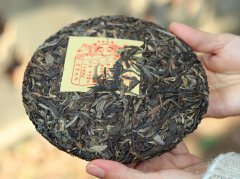
Is Pu'er raw tea or cooked tea? is the green cake of Pu'er raw or cooked? the difference between the advantages of raw tea or cooked tea.
Sheng Punen Pu'er tea refers to the large-leaf tea newly produced in Yunnan, which is picked, hand-processed, dried and pressed into a cake. The young Pu'er is very exciting. It shows a mellow and pleasant character only after an important period of aging. It tastes bitter and astringent when eaten shortly after production. Tea drinkers can easily experience the taste of young raw Pu'er tea, almost
- Next
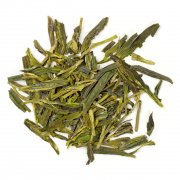
Which of the top ten traditional famous teas in China tastes better: Longjing, Tieguanyin, Qimen or Pu'er?
1. West Lake Longjing Tea originated in Hangzhou, one of the seven ancient capitals of China. West Lake Longjing Tea, formerly known as the producing area of West Lake Longjing Tea, is located in the natural barrier of unique and mild climate, surrounded by mountains, sufficient rainfall, loose and fertile soil, and perennial plant growth. The best and most expensive Longjing tea is located in Meijiawu, Shifeng, Yuezhou and Giant Buddha in Hangzhou, where Longjing tea is regarded as authentic.
Related
- What is the standard process for the purpose of coffee cup testing? What is the difference between hand-brewed coffee and cup testing?
- How to use hand-brewed coffee paragon small golden balls? How does cold coffee lock in the aroma of coffee?
- Is American coffee black? What is the difference between American coffee and drip coffee?
- Unexpected! Well-known tea beverage brand Lele Tea will withdraw from the Zhengzhou market!
- Starbucks enters the fashion and beauty industry?! Netizen: Give me an ice American eye cream
- Why can American refills for free? The difference between Americano and American drip pot coffee
- Being chased out of the rain in front of Starbucks?! Store: Sheltering from rain under umbrellas poses a safety hazard
- The white moonlight has changed?! Lucky launches "Big Winter Pear American"
- Hand-brewed coffee three-stage method, high-sweet and universal brewing method to share! What does the high sweet water level of hand-brewed coffee mean?
- What is the difference between raw, refined and full espresso coffee? How to extract espresso and taste good?

